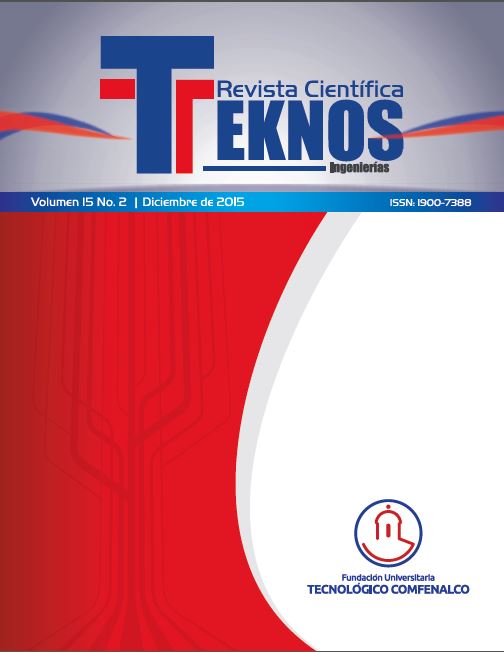Virtual Environments of Learning in Gesture Interfaces: For People with Dyspraxia
DOI:
https://doi.org/10.25044/25392190.489Keywords:
Virtual Learning Environments, Dyspraxia, Developmental Coordination Disorder.Abstract
This work discusses the potential that the Virtual Learning Environments can to bring for people with Dyspraxia using gestural interfaces that are more intuitive and natural. The touchless technologies can reduce the difficulties of learning, literacy, the digital, educational and social inclusion of these users. We recommend the Moodle's adaptation for to be used with the Leapmotion by dyspraxics, involving preliminary studies and the participation of the professionals and final users. As a result of this project, we hope to create guidelines about how to do the adaptations in the Moodle's architectures and to change the interface module. And the other phase, we will test the changes in more people with TDC for behavior analysis during the interaction and improving these guidelines.Downloads
References
Antonio, N. S., Levy, P. C., Caetano, R., and Souza, P. G. (2014). Design of a brazilian portuguese virtual keyboard for people with severe motor disability. In Proceedings of the 13th Brazilian Symposium on Human Factors in Computing Systems, pages 14–20. Sociedade Brasileira de Computação
Bartoli, L., Garzotto, F., Gelsomini, M., Oliveto, L., and Valoriani, M. (2014). Designing and evaluating touchless playful interaction for asd children. In Proceedings of the 2014 conference on Interaction design and children, pages 17–26. ACM.
Cardoso, A. M. P., de Carvalho, R. C., da Silva, S. d. A. A., Pio, D. C., da Silveira, P. H. B. R., et al. (2014). Facil: Modelo para avaliação da literacia digital e informacional. Revista Brasileira de Informática na Educação, 22(03):46.
Chen, X., Schwarz, J., Harrison, C., Mankoff, J., and Hudson, S. E. (2014). Air+ touch: interweaving touch & in-air gestures. In Proceedings of the 27th annual ACM symposium on User interface software and technology, pages 519–525. ACM.
da Costa Ferro, M. R., Paraguaçu, F., Peres, A. L., and Marinho, M. F. (2014). Recomendação assistida por computador de materiais didáticos em ambientes virtuais de aprendizagem. Informática na educação: teoria & prática, 17(1).
da Silva, R. R. T., de Lima, R. W., Leite, C. R. M., and da Silva, R. R. T. (2014). Investigação de segurança no moodle. RENOTE - Revista Novas Tecnologias na Educação, 12(2).
Erazo, O. and Pico, R. (2014). Interfaces de usuario basadas en gestos manuales sin contacto para la sala de clases: una revision bibliográfica. Enfoque UTE, 5(4):pp–34.
Erazo, O. and Pino, J. (2014). Estimating the difficulty of touchless hand gestures. Latin America Transactions, IEEE (Revista IEEE America Latina), 12(1):17–22.
Garzotto, F., Valoriani, M., and Bartoli, L. (2014). Touchless motion-based interaction for therapy








